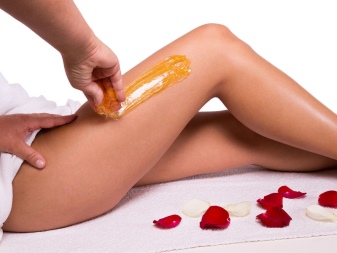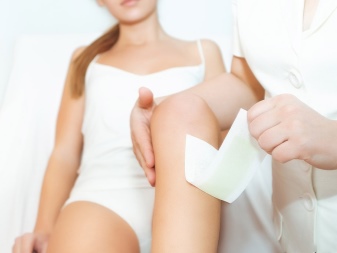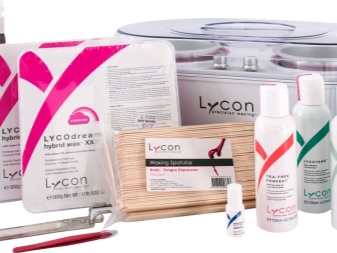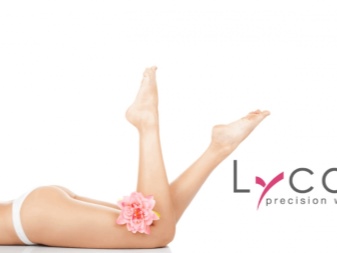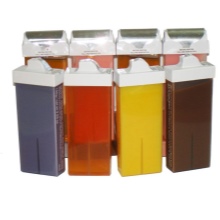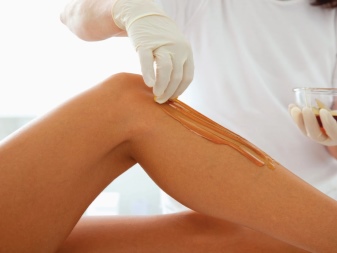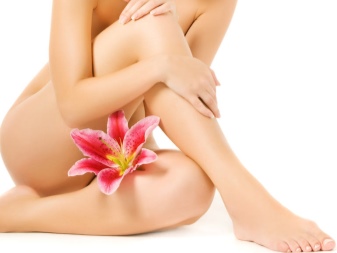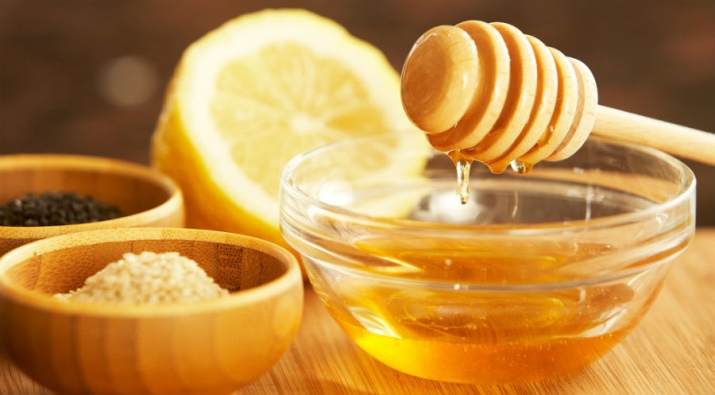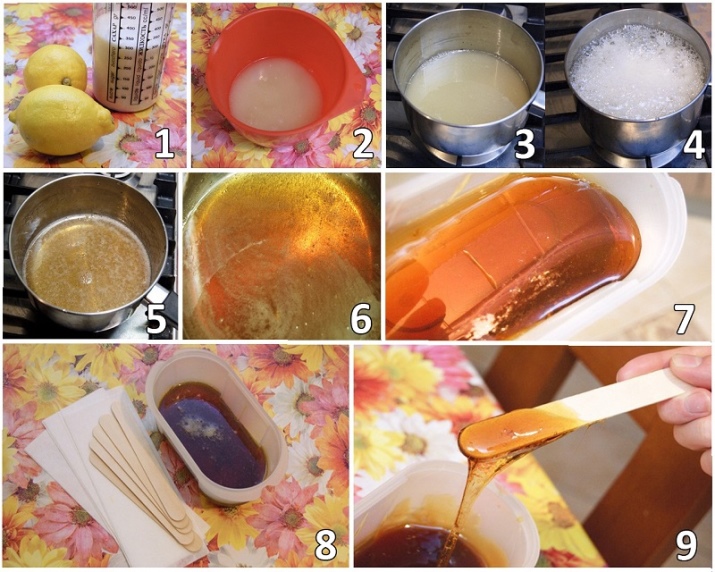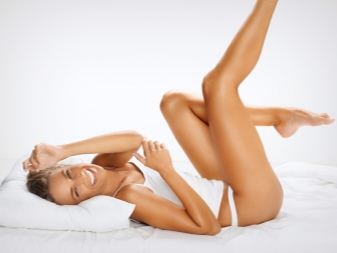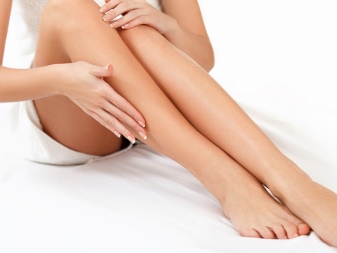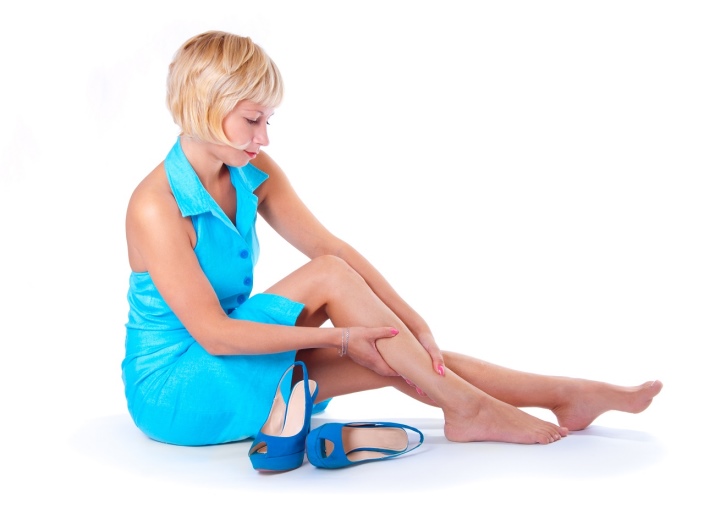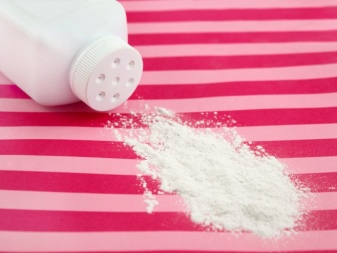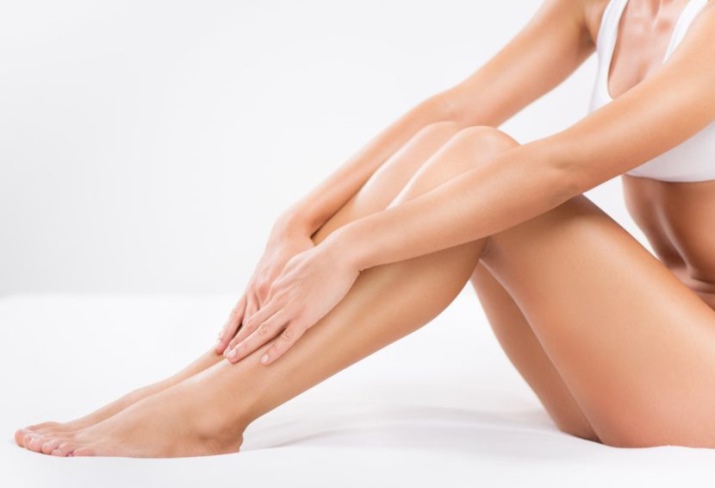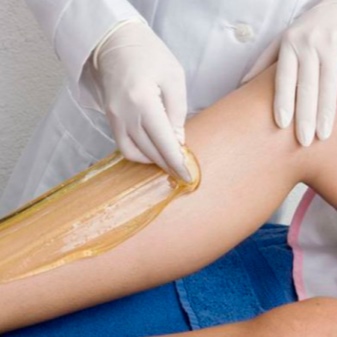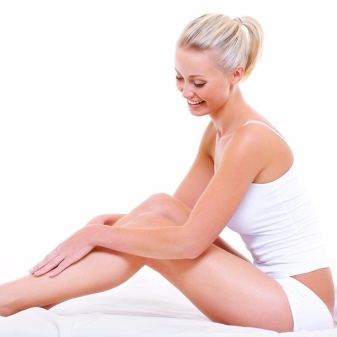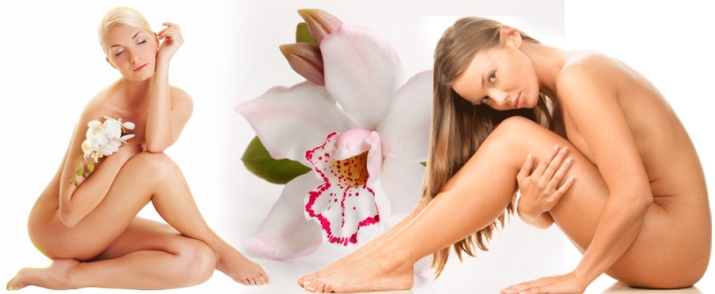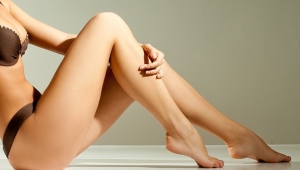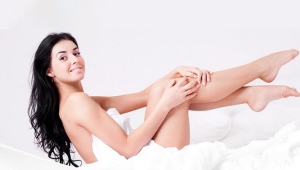Bioepilation
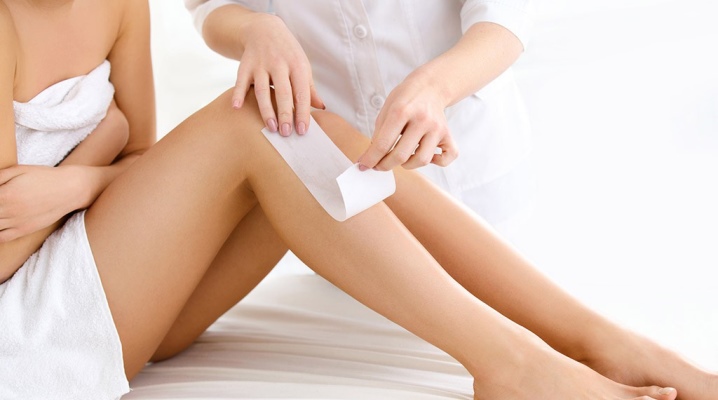
Female representatives often experience discomfort when unwanted body hair appears. The machine helps to cope with it only for a few days. Fortunately, to date, tools and procedures have been developed that will help you get rid of unwanted hair for two or more weeks. One of the long-term solutions to this problem is bioepilation.
What it is?
In the modern world, they have not yet invented a means to completely get rid of hair, but along with this, such a procedure as bioepilation has become widespread. Many people do not see a difference in such similar concepts as depilation and hair removal. Both of these procedures are aimed at getting rid of hair on different parts of the body (epilation of the face, legs, hands, buttocks, upper lip, and mustache). Their difference lies in the fact that in the first case, the hair follicle is subject to destructive influence, while in the second case, the hair itself is directly affected, which helps to remove it from the root and preserve the effect for a longer period (up to 3-4 weeks).
Under the bioepilation understand the destruction of unwanted hair using environmental means (wax or sugar).
Wax
The term waxing is hair removal using wax. Wax based products are used in both cold and low temperature and hot conditions. Suitable for use both at home and in salons. A prominent representative of wax bioepilation products is cosmetics. Lycon. Why Lycon?
- Does not contain preservatives, emulsifiers, artificial flavors
- It is tested in laboratories, and then on volunteers (animals are not used);
- Based on family recipes (a unique combination and processing of raw materials);
- For the manufacture of assembled components in an ecologically clean area of Lombardy;
- The production uses thermal water, mud from Lake Constance and vegetable oils.
Varieties
There are several variations of this procedure. First of all, wax products for epilation differ in their structure and are divided into solid ones that require additional devices for warming up, applicable for hot waxing; and soft - immediately ready for use, used for cold waxing. The wax is also divided by temperature on:
- Hot. The most common and used in the salon or clinical conditions. An apparatus is needed for heating (up to a temperature of about 60 ° C). Suitable for painless and effective removal of hard hair on any part of the body.
- Warm. Most often produced in the form of cartridges. Melting is required for melting. Because of its shape, it is suitable for epilating large straight sections (arms and legs). It is considered more painful compared to hot.
- Cold. More often used at home. Available in the form of strips that must be rubbed in the hands. There are variations of sets for different parts of the body.
Order of action
Make sure that the length of the hair reaches 5 millimeters. Otherwise, the tool will not be able to capture them, and the session will be unpleasant and ineffective. The procedure of epilation itself takes, on average, about half an hour. The time interval depends on the number of treated areas, their local location, hair density and your professionalism or professionalism of the person who provides this service to you. When waxing is necessary to observe the correct procedure, namely:
- Disinfect and degrease the area.
- Apply wax or special strips with wax (cold wax).
- In the direction opposite to the direction of hair growth, sharply pull the strip.
- To clear skin of wax residues.
- Disinfect once more.
- Apply moisturizing or soothing lotion.
How to make wax hair removal, see the following video.
Shugaring
Shugaring is an alternative form of bio-epilation. Hair removal occurs using a special sugar paste (a mixture of sugar, water and lemon juice). This paste can be purchased in finished form in stores (price varies depending on the technology of production) or independently prepare a means for shugaring at home. It must be borne in mind that cheap ready-made mixtures for shugaring presented on store shelves are most often made of synthetic resin, fragrances, preservatives and other artificial substances, and made from natural ingredients will have a higher cost compared to those mentioned earlier.
Thanks to the easy way of making your own, shugaring is considered the most convenient and common type of epilation for a house.
The key difference between shugaring and waxing is the direction of movement when getting rid of hair (using wax — against hair growth, and using sugar — by height).
Pasta recipes
Before the bioepilation, it is necessary to prepare a special sugar mass (paste). Home-made caramel mixture is natural, hypoallergenic and in no way inferior in its quality and effectiveness to ready-made shugaring mixtures purchased in stores. Moreover, the preparation of this mass does not take much time and does not hit your wallet. For its production you will need:
- A kilogram of sugar;
- 90 milliliters of pure water;
- Approximately 80 milliliters of fresh lemon juice.
All ingredients must be mixed, then poured into a container and simmer for about 25 minutes. To avoid burning, pasta is often stirred. After the specified time the bucket is removed from the fire, and the finished product is poured into the prepared container. The mixture should have a bright amber shade and there should be no sugar particles in it. Everything, on this caramel mass for a shugaring is made, it needs to be cooled within 3-4 hours.
The ready-to-use mixture has a thick, astringent consistency that easily forms into a ball. The temperature should not be high. When using a mixture of liquid consistency, you must use fabric or paper strips.
Principle of
Women often resort to shugaring exactly at home. Before carrying out this procedure, you need to put a little mixture on the inside of the elbow and wait about half an hour. If no allergic reactions followed, then you can proceed to the procedure itself, otherwise epilation should be abandoned. The resulting sugar paste is used once. Please note that the length of the hair should reach 5 millimeters. When carrying out a sugar epilation the same machinations are observed as in the case of waxing, namely:
- Clean the skin with antiseptic or wash with soap;
- Soak a towel;
- Apply powder or talc (for drying);
- From the total mass (not hot, so as not to get burned), separate the part and make a ball the size of a palm;
- Apply sugar paste along the hairline (attach the ball and press);
- In the direction of hair growth, remove the caramel mass with a sharp movement (it is better to pull in the horizontal direction, this reduces pain);
- Remove the remaining sugar from the skin with an oily solution or water without soap;
- Disinfect once more;
- Apply moisturizing and soothing cream / lotion / serum (you can use a means to slow down hair growth).
How to make a shugaring at home, see the video below.
Pros and cons of the procedure
The main advantages of the bio-epilation procedure with sugar paste and wax, due to which they gained their wide distribution and popularity, include:
- Low cost;
- Availability of products for cooking (in the case of shugaring);
- The ability to do it at home (in the case of shugaring);
- High-quality hair disposal;
- Long-running result (up to 3 weeks);
- The possibility of self-epilation;
- Inability to get burns;
- Minimum contraindications;
- Natural composition.
As with any process, bioepilation using a sugar mass or wax also has its drawbacks:
- Soreness during the procedure;
- The risk of hair ingrowth;
- Short-term result (less than a month);
- The need to repeat the procedure;
- To save the effect of the refusal to use the machine;
- The difficulty in self-epilation zone deep bikini and buttocks;
- The need for growing long hairs.
Contraindications
There are certain circumstances in which you should refrain from epilation or be carried out with high caution. These phenomena include:
- Herpes disease;
- Impetigo disease;
- Cancer education;
- Warts;
- Psoriasis;
- Heart diseases;
- Taking vitamin A;
- Various demotic diseases in the acute stage;
- Varicose diseases (when carrying out an epilation on this site);
- Diabetes;
- Various infectious diseases;
- Various inflammations;
- Open wounds and cuts (when carrying out an epilation on this site);
- Burns or other skin lesions (when epilating at this site);
- Allergic reactions to any of the components that make up the tool.
The above are general contraindications for all types of hair removal. As additional restrictions for the conduct of bio-epilation (with wax or sugar) can be cited:
- Diseases of the cardiovascular system (the use of drugs diluting the lymph);
- Stress;
- Pregnancy for a period of more than 5 months (increases pain threshold);
- Violation in the processes of blood clotting.
Basic recommendations for the preparation of the skin and subsequent care
Due to the possibility of home use, sugar and wax depilation will always be highly popular among consumers. But it is worth noting that there are certain recommendations for the preparation of the skin for bio-epilation, namely:
- Clean and dry the skin before the procedure;
- Use talc. It helps in adhesion of hair and preparation;
- The use of warm preparations for hair removal.
Also, the correctness of skin care after shugaring or wax bioepilation is no less important than its preparation for these processes. Key recommendations to consider:
- Oily solution to remove residues of the drug;
- Apply a healing or sedative;
- Refrain from visiting places such as baths, saunas, swimming pool, solarium and massage rooms (during the day);
- Abandon the use of scrubs and peels and other means with a similar purpose;
- Refuse the use of cosmetic preparations containing alcohol in its basis.
Compliance with these recommendations for skin care, both before and after the epilation process, will help you to keep your body soft and smooth for the longest period of time.
Reviews
Many women write about the distinct advantages of bio-epilation. Most often, such positive aspects as cost, availability, efficiency, the ability to independently carry out all the necessary machinations. Along with this, almost every review also mentions negative sides, namely: the painful sensations experienced by them during bioepilation, inconvenience in growing hairs to the required length, the possibility of bruising and ingrown hairs (if the procedure is incorrect).
To reduce discomfort during epilation, you can use the following tips:
- The use of warm, not cold wax and sugar formulations;
- Refuse epilation during menstruation;
- Take painkillers;
- Perform this procedure in the afternoon;
- Get rid of waiting for pain.
Despite the fact that at the moment it is impossible to get rid of unwanted hair permanently, bioepilation is a procedure that brought joy to many women and became for them a reliable helper in maintaining soft skin for a long time.
